Dr. No, 1962

Watched on Saturday May 31, 2025.
achievements on 01.06.2025
achievements on 28.05.2025
Rogue One: A Star Wars Story, 2016

Watched on Monday May 26, 2025.
achievements on 27.05.2025
The Road to Serfdom

author: Friedrich A. Hayek
name: Martin
average rating: 4.14
book published: 1944
rating: 0
read at:
date added: 2025/05/26
shelves:
review:
achievements on 26.05.2025
Trading Places, 1983 - ★★★★½

Watched on Saturday May 24, 2025.
Scanners, 1981
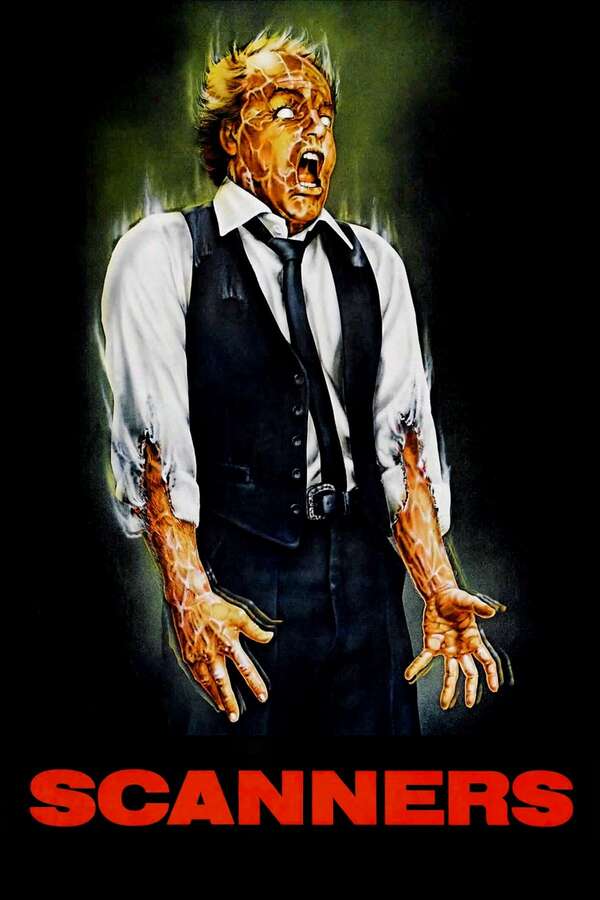
Watched on Saturday May 24, 2025.
achievements on 25.05.2025
Urgent Calls from Distant Places: An Emergency Doctor’s Notes about Life and Death on the Frontiers of East Africa

author: Marc-David Munk
name: Martin
average rating: 3.90
book published: 2024
rating: 0
read at:
date added: 2025/05/21
shelves:
review:
achievements on 18.05.2025
achievements on 17.05.2025
achievements on 15.05.2025
Dracula, 2020

Watched on Friday May 9, 2025.
achievements on 07.05.2025
achievements on 06.05.2025
The NeverEnding Story, 1984
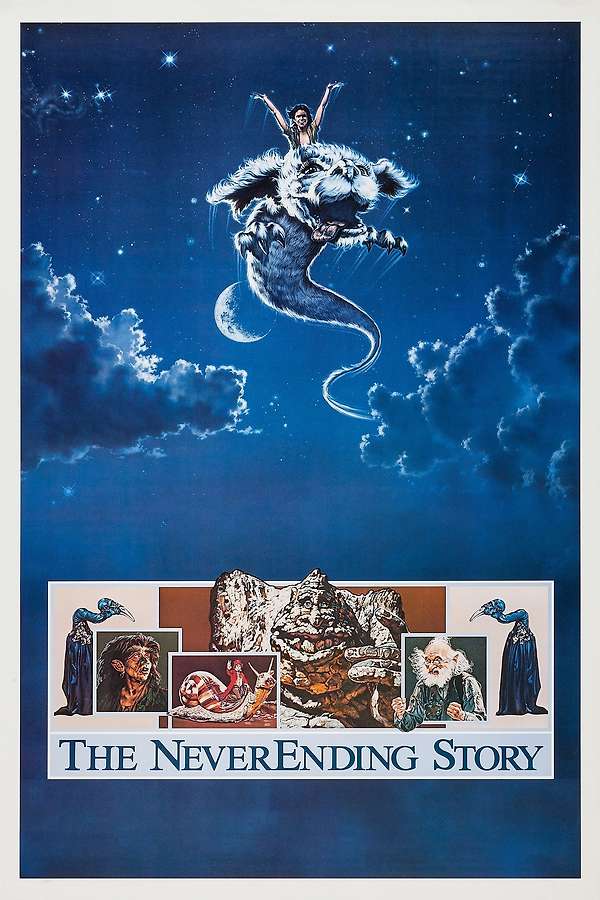
Watched on Friday May 2, 2025.
achievements on 04.05.2025
Black Mirror: USS Callister – Into Infinity, 2025
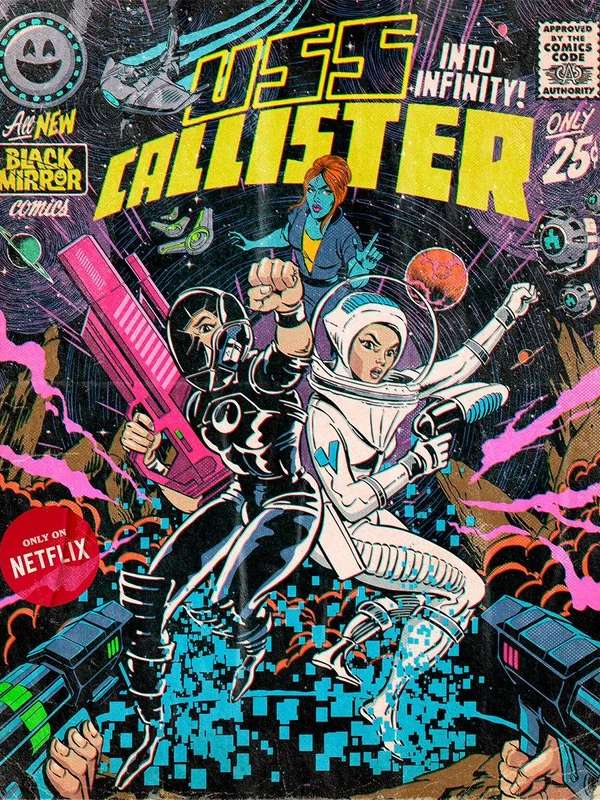
Watched on Wednesday April 30, 2025.
Black Mirror: Plaything, 2025
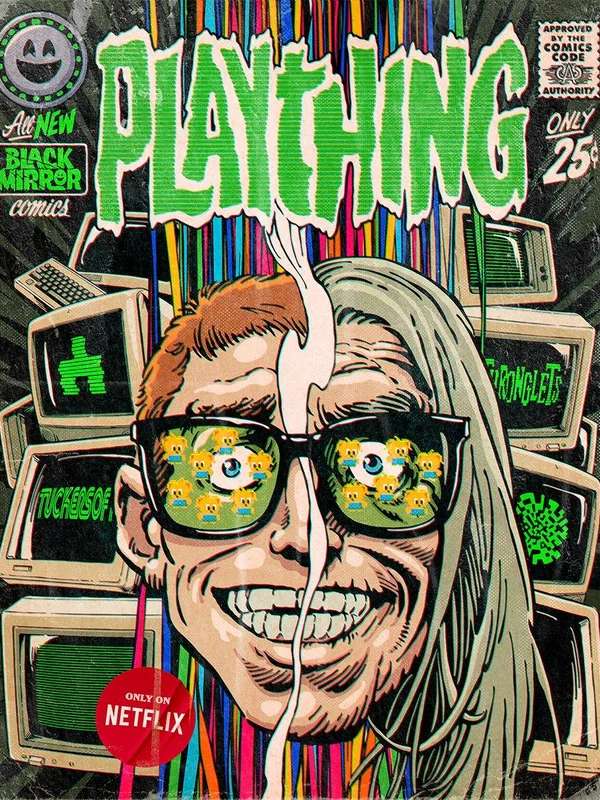
Watched on Wednesday April 30, 2025.
Black Mirror: Eulogy, 2025
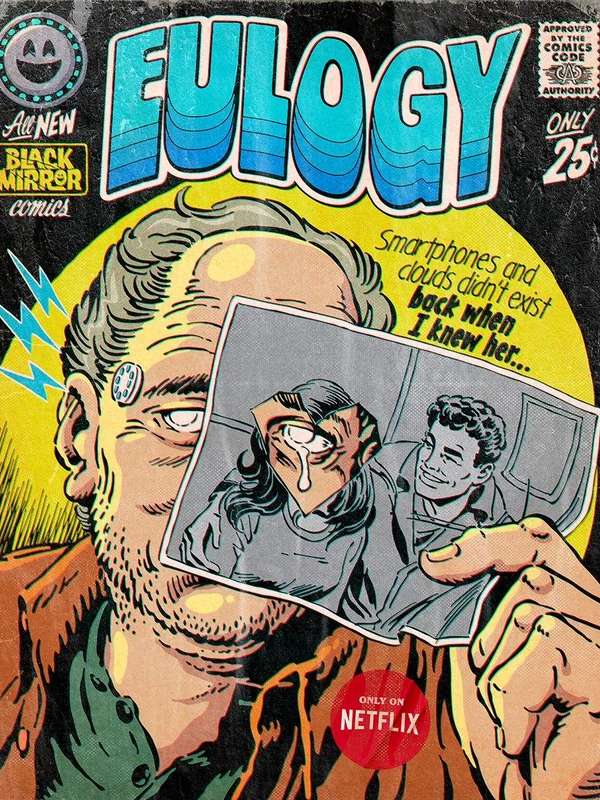
Watched on Wednesday April 30, 2025.
achievements on 01.05.2025
And There Was Light: Abraham Lincoln and the American Struggle

author: Jon Meacham
name: Martin
average rating: 4.44
book published: 2022
rating: 0
read at:
date added: 2025/04/30
shelves:
review: